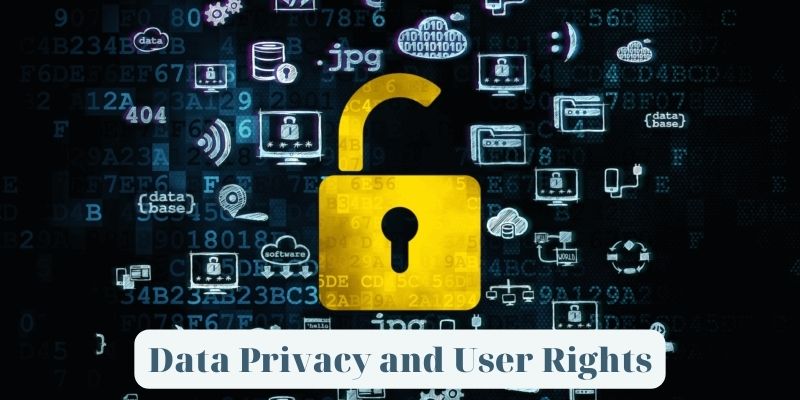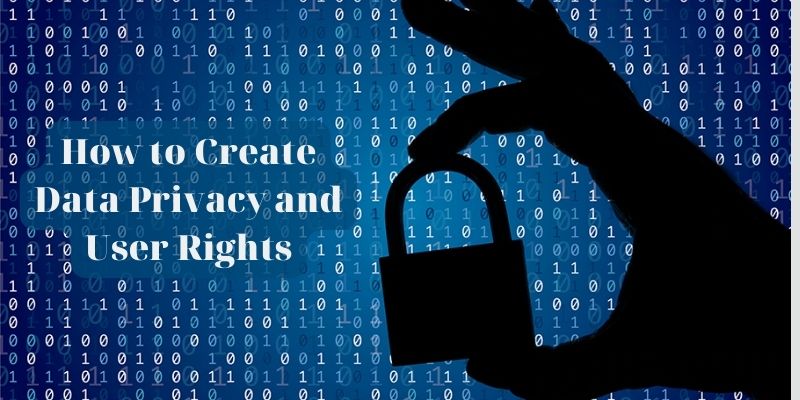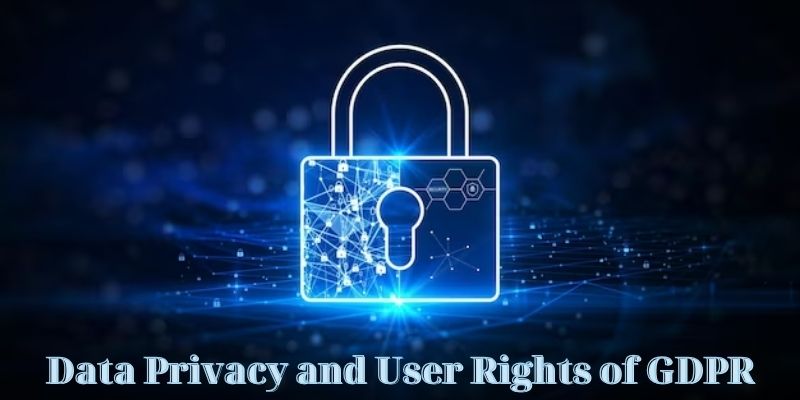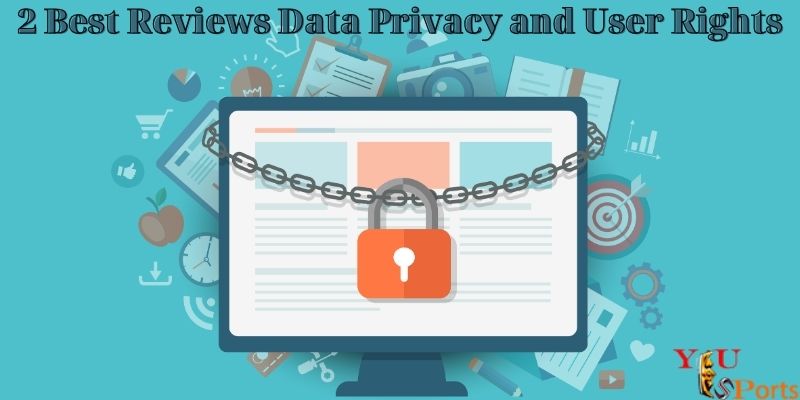What is data privacy and user rights? Although the GDPR is a piece of legislation aimed at data controllers (and enterprises), the text’s real focus is on data subjects. The GDPR’s numerous guidelines, limitations, and regulations are all designed to safeguard data subjects’ (or users’) rights.
Early on in the legislation, the GDPR expressly expresses its commitment to European residents and data subjects. These rights are listed as Data Subject Rights in Chapter 3 of the GDPR. In this article, yeuesports.com will discuss 2 best reviews data privacy and user rights.
Data Privacy and User Rights
The GDPR’s Articles 13 and 14 include the first of the eight rights. When you directly get personal information from data subjects, as described in Article 13, you must disclose certain details. When you indirectly or via a third party get information about the data subject, your obligations are outlined in Article 14.

It asserts that a data subject has the right to inquire about the type of data a data controller processes and the reasons for such processing.
What specific details are you need to offer?
According to Article 13, you must give the following details when you obtain their data, not later.
- Controller identity and contact details and those of the controller’s EU representative (if applicable)
- Data Protection Officer contact details (if a DPO was appointed)
- Legal basis for processing and purposes of processing
- Country where the processing occurs
- Legitimate interests of the processor and third parties
- Any recipients of personal data
- Any intention to transfer personal data outside the specified processing place and to a third country (particularly if the country is outside the EU)
- Data retention policy (how long data is stored)
- Explanation of rights to rectification, erasure, restriction of processing, and portability
- Explanation of right to withdraw consent
- Explanation of right to complain to the relevant supervisory authority
- If data collection is a contractual requirement and any consequences
- Existence of profiling and other types of automated decision-making and information about the logic behind them
According to Article 14, you must offer the same details even if you don’t obtain the data directly from a data subject.
The right to data privacy and user rights is fairly expansive. A data subject may inquire as to what types of personal information are normally collected, which processors the controller uses, and how the information is utilized.
As part of your data privacy and user rights Policy, which is where all the information will be published and made available to your users, you will uphold the right to information first.
How to Create Data Privacy and User Rights
All of the information on the above list that relates to your data processing operations must be included in a privacy policy that complies with GDPR.

Along with including all of these specifics, it must also:
- Concise
- Intelligible
- Easy to find
- Transparent
Concise means containing only the essential elements while avoiding any extraneous or confusing information that can obscure your methods. This also includes readability. You can decide to provide both the lengthy policy in addition to a condensed version that briefly covers all the bases. Both the way you use language and the manner you present your data privacy and user rights policy are examples of being intelligent.
You must write in English that the average person can comprehend and read (often at the high school level). The GDPR requires you to go above and above if your website draws in younger users and include the appropriate level as your youngest user (often the legal age of consent in the nations in which you conduct business).
Additionally, you want to format your privacy statement so that it is simple to read. Use a readable typeface and avoid using very small print. Make it as easy to read and navigate through as you can.
The best course of action is to post your privacy statement with the same attention to detail as your marketing materials. How would you present something that you believed would bring in more clients? When uploading your data privacy and user rights policy, follow the same reasoning.
Additionally, it should be simple to access your privacy policy. It should be accessible to data subjects from your homepage rather than simply your legal section. Additionally, you should ask users to confirm their consent each time you update it and link to it as needed.
Last but not least, your privacy policy should always be clear. It must represent your current processing actions in order to be GDPR compliant and preserve user rights.
If you alter any aspect of your processing, you must amend your privacy statement and notify your data subjects via a consent method or another means of communication.
Data Privacy and User Rights of GDPR
The right to access is the GDPR’s first named right and is described in Article 15. The data subject has the right to access their own personal information that you process. What access rights do customers reportedly have under the GDPR? They can enquire about the following in addition to their personal data file:
- Why and how you process the data
- Categories of personal data involved
- Who sees the data (including and especially in countries outside the EU)
- How long you intend to store the data
- How to exercise their rights
- Any available information to the source of data when you do not collect the data from the data subject
- Your use of profiling and automated decision-making
Because it enables data subjects to verify that the data you have actually exists in comparison to what you claim to have, the right of access offers an added layer of transparency to your processing activities. Additionally, it prepares individuals to utilize other rights, such as the right to correction or the right to deletion.

You should be aware that the legislation enables data subjects to get a free copy of their personal information upon request. If they ask for many copies, though, you may start charging a “reasonable fee based on administrative costs.” In other words, you cannot demand a sum of money that would be perceived as punitive or would hinder the user from exercising their rights.
